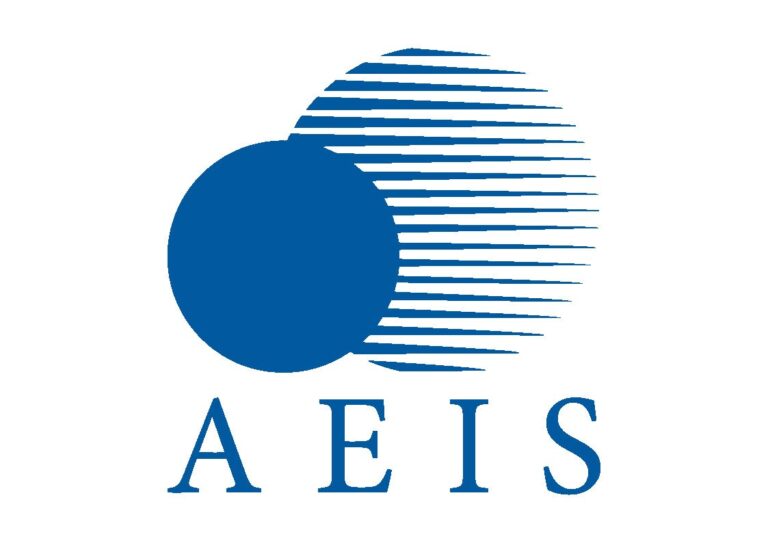New Delhi [India], May 14 (ANI): Taiwan’s labour drought and hunt for a manufacturing partner for offshoring China-based Taiwanese businesses and India with its abundant talent pool and enormous market size seem to be the perfect partner for each other and therefore, it is expected that the inking of an FTA (free trade agreement) would be a worthy step to remove all avoidable trade and investment barriers and would lead to a paradigm shift in the tariff regime.
Taiwan’s New Southbound Policy and the Indian “Act East” initiative are working as the guiding star to encourage and deepen the engagement between the two countries.
With a high need for a steady chip supply, India is encouraging more Taiwanese semiconductor firms to choose India as their manufacturing partner. India’s proactive inbound-investment strategy has paid great attention to Taiwan.
India vows to create a manufacturing hub by encouraging more inbound investment. And the Production Linked Incentive Scheme (PLI) is a lucrative offer to make this idea a reality. Through this scheme, the Indian government offers incentives linked to manufacturing performance. The Indian government has identified 14 sectors, such as automobiles, electronics, aviation, textile, and many for these performance rewards.
In 2021, two Taiwanese companies, Foxconn and Wistron have been chosen for the PLI scheme and it is expected that many more Taiwanese companies will have that eligibility to enjoy the PLI benefits. With an increasing number of such investment and trading collaborations, India and Taiwan are planning to secure this ecosystem by signing an FTA.
For a fact, FTA will ensure some degree of liberalization in trade and manufacturing operations by eliminating the maximum possible tariffs, trade barriers, quotas, and subsidies of both jurisdictions. The main aim of the FTA is to create more value-added platforms for long-term investment opportunities by ensuring international standards.
Both the countries need to remember one fact that FTA will be able to stimulate only minimum levels of protection in some sensitive and so they need to investigate their national inequalities and establish a basic safeguarding framework for businesses.
For example, IP acts as a shield for a business during technology transfer and regional marketing but this IP could be problematic for both the countries due to India and Taiwan’s national inequalities.
Indian compulsory licensing and the Taiwanese patent linkage system are much-disputed IP mechanisms. Taiwan IP law prevents the marketing approval of generic drugs until the expiration of patents while Indian Patent Law allows a third party to produce a patented product within the lifespan of a patent through compulsory licensing. Therefore, companies might need both governments’ alertness while the FTA is drafted.
To ensure the most attainable outcome of this FTA, a thorough talk with company General Counsels and legal and IP attorneys of both jurisdictions should be crucial before the initiation of the whole process.
(Source: ANI)










